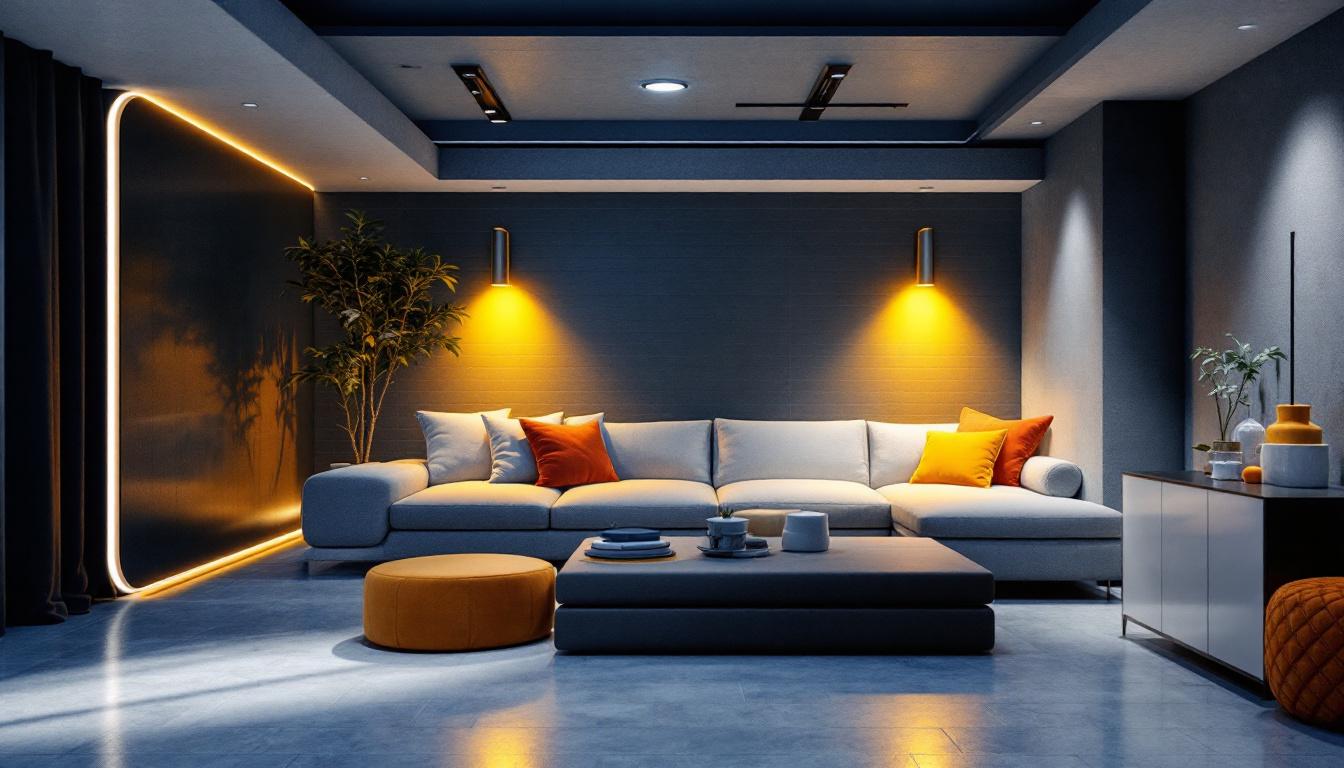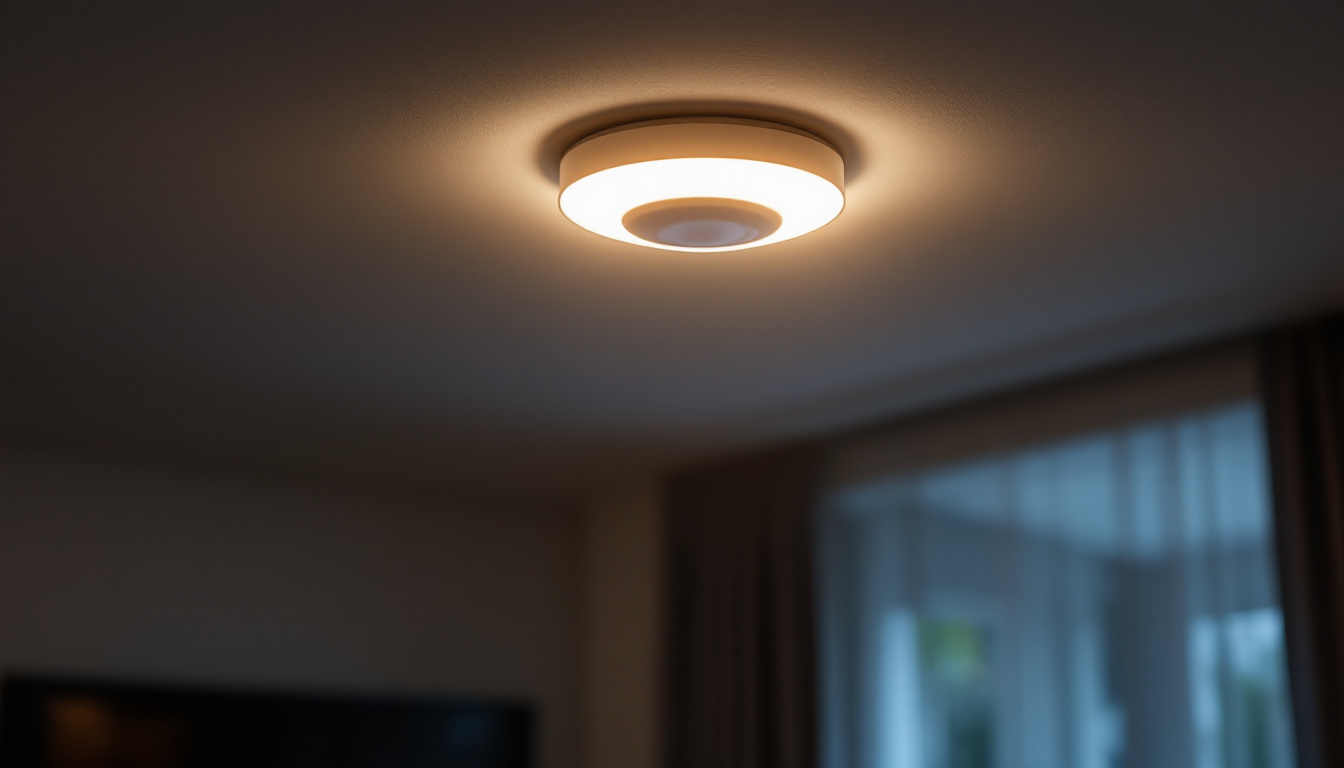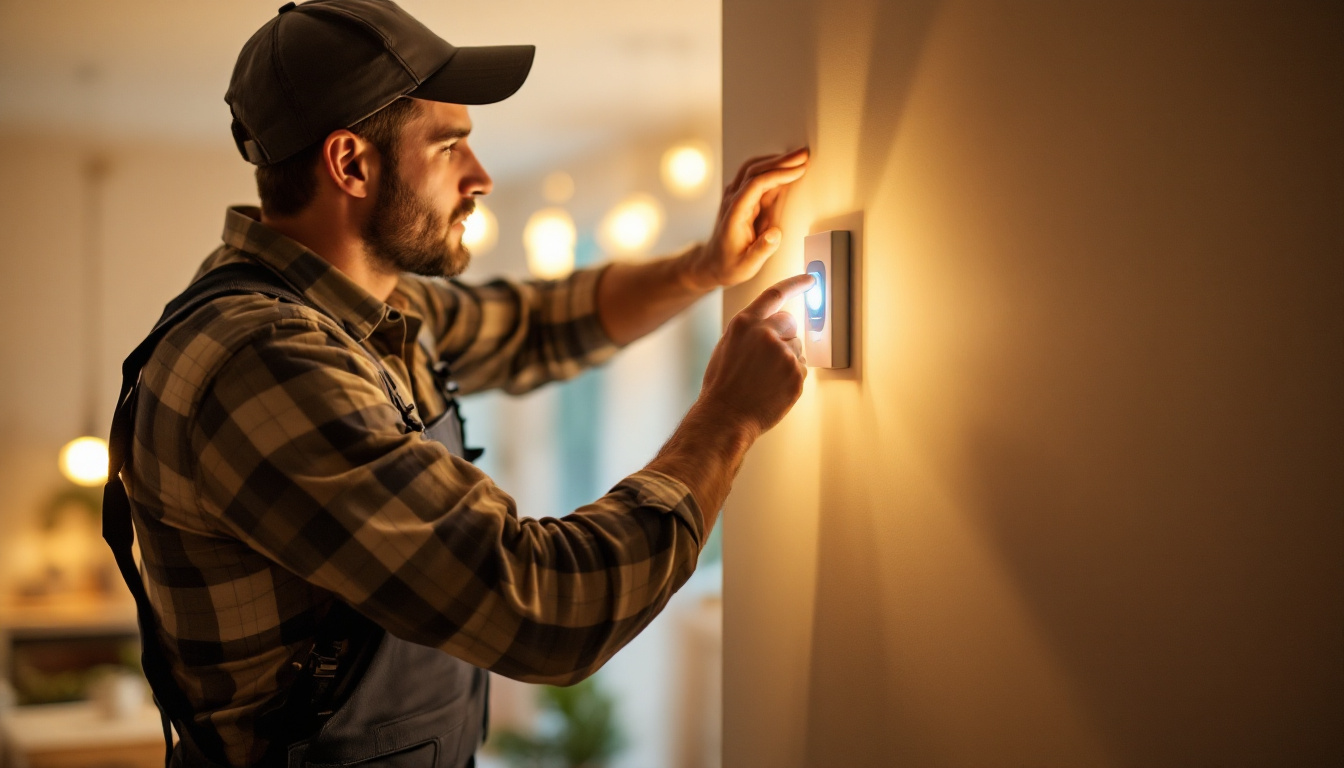
The F32T8 Dx lamp has become a staple in commercial and industrial lighting applications, prized for its efficiency and reliability. For lighting contractors, mastering the specifics of this lamp type is crucial to delivering optimal results for clients. The designation “F32T8 Dx” breaks down into several important details: “F” stands for fluorescent, “32” indicates the wattage, “T8” refers to the tubular shape with an 8/8 inch diameter, and “Dx” signifies a particular phosphor blend designed for enhanced color rendering.
One of the key advantages of the F32T8 Dx lamp is its ability to produce a high-quality light spectrum that closely mimics natural daylight. This makes it ideal for environments where color accuracy is critical, such as retail stores, healthcare facilities, and design studios. For contractors, understanding these nuances allows for better recommendations and installations that meet client expectations. Furthermore, the lamp’s color rendering index (CRI) often exceeds 90, which means that colors appear more vibrant and true to life under its illumination. This feature is particularly beneficial in spaces where aesthetics play a significant role, helping to create inviting atmospheres that enhance customer experiences.
Additionally, the F32T8 Dx lamp boasts a longer lifespan and improved energy efficiency compared to older fluorescent models. This translates to fewer replacements and lower energy bills, a selling point contractors can leverage when proposing lighting upgrades. Knowing the technical specifications and performance metrics of this lamp type enables contractors to design systems that balance cost, performance, and sustainability. Moreover, the F32T8 Dx lamp is compatible with various dimming systems, allowing for greater flexibility in lighting design. This adaptability is especially useful in multi-functional spaces that require varying light levels throughout the day, ensuring that contractors can provide tailored solutions that meet diverse client needs.
Another important aspect to consider is the environmental impact of the F32T8 Dx lamp. With a reduced mercury content compared to traditional fluorescent lamps, it aligns with modern sustainability goals and regulations. As more businesses seek to enhance their green credentials, contractors who are knowledgeable about the eco-friendly benefits of this lamp can position themselves as valuable partners in achieving these objectives. Additionally, the energy savings associated with using the F32T8 Dx lamp contribute to lower carbon footprints, making it an attractive option for clients looking to reduce their environmental impact while still enjoying high-quality lighting solutions.
Compatibility between the F32T8 Dx lamp and the ballast is a critical factor in ensuring optimal performance. Not all ballasts are created equal, and using an incompatible ballast can reduce lamp life, cause flickering, or lead to premature failure. Contractors must verify the ballast type—whether electronic or magnetic—and ensure it supports the Dx lamp’s electrical requirements.
Electronic ballasts are generally preferred for F32T8 Dx lamps because they improve energy efficiency and reduce flicker. They also provide instant start capabilities, which can be a significant advantage in commercial settings where downtime is costly. When retrofitting existing fixtures, contractors should assess the current ballast condition and replace it if necessary to match the lamp’s specifications. Additionally, it’s essential to consider the ballast factor, which can influence the light output of the fixture. A higher ballast factor can lead to increased brightness but may also result in higher energy consumption, so finding the right balance is key to achieving both efficiency and performance.
Fluorescent lamps, including the F32T8 Dx, require careful handling to avoid damage. Contractors should always wear gloves or use a clean cloth when installing these lamps to prevent oils from the skin from degrading the phosphor coating. This simple step can extend lamp life and maintain consistent light output. Moreover, it’s advisable to inspect the lamp for any visible defects before installation, as even minor imperfections can affect performance and longevity.
Installation should also consider fixture orientation and environmental conditions. For instance, temperature extremes can affect lamp performance, so selecting fixtures rated for the installation environment is vital. In colder environments, using lamps and ballasts designed for low temperatures will prevent flickering and ensure reliable operation. Furthermore, proper spacing between fixtures is crucial to avoid shadows and ensure uniform lighting across the area. Contractors should also take into account the type of reflector used in the fixture, as this can significantly enhance light distribution and efficiency, making it an essential consideration in the design phase of any lighting project.
Energy efficiency is a top priority for many clients, especially in commercial buildings where lighting accounts for a significant portion of electricity consumption. The F32T8 Dx lamp offers a compelling balance of brightness and energy use, making it a smart choice for contractors aiming to reduce operational costs.
Compared to older T12 fluorescent lamps, the F32T8 Dx uses roughly 30% less energy while delivering equal or better light output. This efficiency gain can translate into substantial savings over the life of the installation, a fact contractors should highlight when discussing upgrade options with clients. Additionally, the longevity of F32T8 Dx lamps, which can last up to 36,000 hours, means that maintenance costs are also significantly lower, as replacements are needed less frequently. This aspect not only contributes to cost savings but also minimizes disruption in busy commercial environments.
To further enhance savings, lighting contractors should consider integrating occupancy sensors, daylight harvesting controls, and dimming systems with F32T8 Dx installations. These technologies reduce energy waste by adjusting lighting based on actual use and ambient light levels.
For example, occupancy sensors can automatically turn lights off in unoccupied spaces, while daylight sensors dim artificial lighting when sufficient natural light is available. When paired with the already efficient F32T8 Dx lamps, these controls can reduce energy consumption by up to 50% in some applications. Furthermore, the integration of smart lighting systems can provide valuable data analytics, allowing facility managers to track energy usage patterns and optimize lighting schedules. This data-driven approach not only enhances energy efficiency but also supports sustainability goals, making it an attractive proposition for environmentally conscious clients.
Moreover, the implementation of advanced lighting controls can create a more comfortable and productive environment for occupants. For instance, tunable white lighting systems can adjust color temperature throughout the day to align with natural circadian rhythms, promoting well-being and productivity among employees. This holistic approach to lighting design not only addresses energy efficiency but also enhances the overall user experience, making it a win-win for both contractors and clients.
Lighting contractors must stay up-to-date with local and national regulations concerning lighting installations. The F32T8 Dx lamp typically complies with energy codes such as ASHRAE 90.1 and Title 24, but proper installation and ballast selection are essential to maintain compliance.
In some jurisdictions, regulations require the use of lamps and ballasts that meet specific efficiency and environmental standards. Contractors should verify that the products they select have the necessary certifications and documentation to avoid costly rework or penalties.
Fluorescent lamps contain small amounts of mercury, which necessitates careful handling and disposal. Contractors should educate clients on proper recycling practices and work with certified disposal services to ensure environmental compliance.
Many regions have strict guidelines for the disposal of fluorescent lamps to prevent mercury contamination. By proactively managing lamp recycling, contractors not only comply with regulations but also demonstrate environmental responsibility, which can be a competitive advantage.
Flickering is a common complaint associated with fluorescent lighting and can stem from several issues, including ballast incompatibility, poor electrical connections, or lamp defects. Contractors should conduct thorough troubleshooting to identify the root cause before replacing components unnecessarily.
Ensuring that ballasts are compatible and in good condition is often the first step. Additionally, checking for loose wiring or voltage fluctuations can prevent flicker-related problems. Using high-quality lamps and ballasts from reputable manufacturers also reduces the risk of premature failure.
While the F32T8 Dx lamp offers excellent color rendering, some clients may have specific preferences or requirements that necessitate alternative solutions. Contractors should provide samples or demonstrate lighting effects in situ to align expectations with actual performance.
Understanding the client’s application-whether it’s retail, healthcare, or office lighting-helps tailor recommendations. Sometimes, combining F32T8 Dx lamps with other lighting technologies can achieve the desired ambiance and functionality.
Although LED technology continues to gain ground, fluorescent lamps like the F32T8 Dx remain relevant due to their cost-effectiveness and proven performance. Contractors who master the intricacies of this lamp type can offer clients reliable, efficient lighting solutions that meet current needs while allowing for future upgrades.
Planning installations with modular fixtures and compatible controls ensures that lighting systems can evolve without complete overhauls. This approach not only protects client investments but also positions contractors as forward-thinking partners in building management.
Staying informed about emerging trends, such as hybrid lighting systems that combine fluorescent and LED elements, can open new opportunities. Contractors who blend technical expertise with practical experience will continue to thrive in a competitive market.
Ready to elevate your lighting projects with the efficiency and quality of F32T8 Dx lamps? Look no further than LumenWholesale, where we provide contractors with the best in spec-grade lighting products at unbeatable wholesale prices. Say goodbye to middleman markups and hello to our vast selection that meets the highest industry standards. With free shipping on bulk orders, you can stock up on premium F32T8 Dx lamps and more, ensuring your projects shine with reliability and performance. Don’t compromise on quality or value—discover wholesale lighting at the best value and make LumenWholesale your go-to source for all your lighting needs.

Discover how enhancing basement lighting can boost efficiency for lighting contractors.

Discover how motion sensor ceiling lights can revolutionize cost efficiency for lighting contractors.

Discover the essential checklist for lighting contractors when integrating light switch motion sensors.

Discover the crucial role of grow lights in the toolkit of lighting contractors.